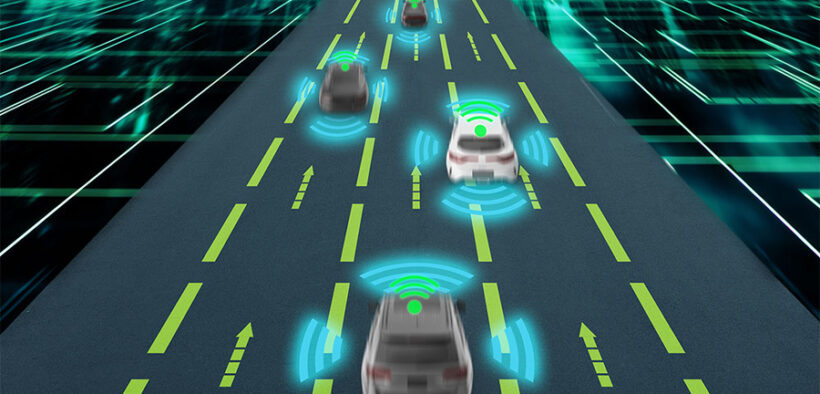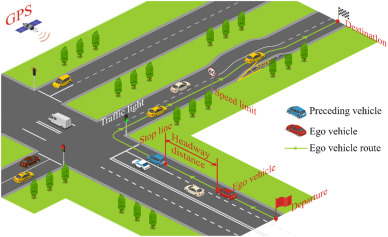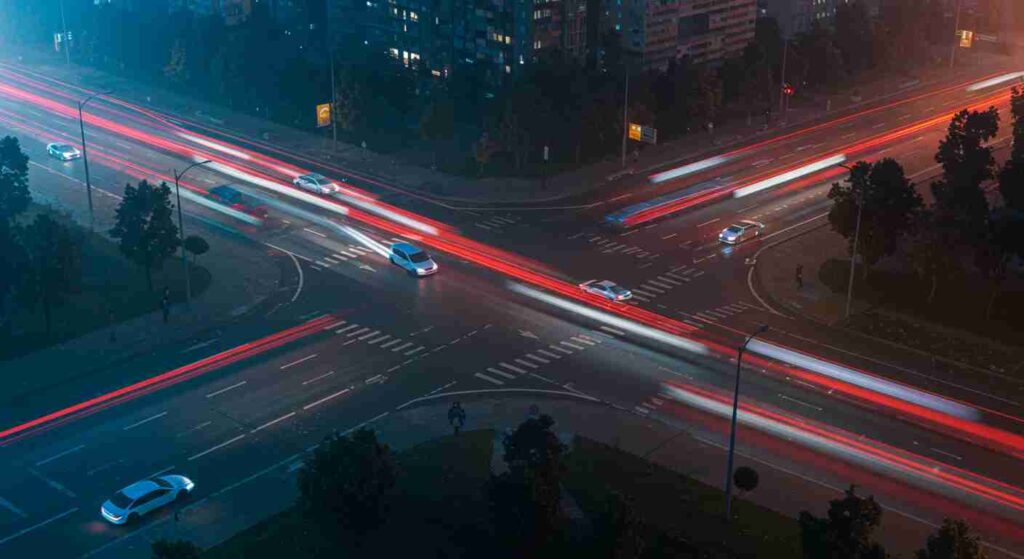MIT’s “IntersectionZoo” Tests AI Progress Using Real-World Traffic Challenges
Share

New eco-driving benchmark uses urban traffic data to evaluate the generalizability of deep reinforcement learning algorithms.
From the constant halts at red lights to the unpredictable merging of cars and trucks, city traffic is a messy, emissions-heavy affair. One proposed fix—eco-driving—relies on subtle changes in driving behavior to minimize fuel consumption. While this technique holds promise, especially for autonomous vehicles, researchers have struggled to evaluate just how effective it could be at scale.
That’s where IntersectionZoo, a new benchmarking tool developed at MIT, comes in.
Developed by researchers from the Computer Science and Artificial Intelligence Laboratory (CSAIL), the Institute for Data, Systems, and Society (IDSS), and collaborators at ETH Zurich, IntersectionZoo uses real-world traffic data to test the performance of multi-agent deep reinforcement learning (DRL) algorithms. These algorithms are at the heart of modern AI control systems but have long faced challenges with generalizability—adapting to small changes in the environment without losing effectiveness.
“We got interested a few years ago in the question: Is there something that automated vehicles could do here in terms of mitigating emissions?” says Cathy Wu, the Thomas D. and Virginia W. Cabot Career Development Associate Professor at MIT and principal investigator on the project. “Is it a drop in the bucket, or is it something to think about?”
Eco-Driving as a Complex AI Challenge

Eco-driving involves decisions like slowing down early for a red light rather than speeding up to stop abruptly. These micro-adjustments can reduce fuel use and emissions. When an automated car drives efficiently, it can also influence the behavior of human drivers behind it, amplifying the effect across traffic flow.
But optimizing these decisions at the city scale, where countless variables are in play—road grade, vehicle type, weather, traffic signal timing—is a complex multi-agent optimization problem. DRL algorithms are theoretically well-suited to such tasks, but in practice, most fail to generalize when even small changes are made to their training environments.
“This problem of non-generalizability isn’t unique to traffic,” Wu says. “It goes all the way down to the canonical tasks used to evaluate progress in algorithm design. But most benchmarks don’t test how models adapt to change, so we don’t really know if we’re solving that problem.”
A Benchmark Rooted in Realism

IntersectionZoo aims to fill that gap. Built on a dataset of 1 million traffic scenarios, it captures a wide variety of real-world conditions—city layouts, elevations from U.S. Geological Survey data, weather patterns, and detailed information about vehicle fleets and traffic signals.
The benchmark allows researchers to simulate realistic urban environments and introduce small modifications—like changing traffic light timing or adding a bike lane—to test how well algorithms adapt.
Presented at ICLR 2025, the tool is designed to push the development of robust, general-purpose DRL algorithms that perform reliably across a variety of environments, not just the narrowly-defined conditions they were trained on.
“This eco-driving problem features a rich set of characteristics that are important in solving real-world problems, especially from the generalizability point of view, and that no other benchmark satisfies,” Wu says.
More Than Just Traffic
While IntersectionZoo is rooted in urban mobility, the researchers stress that the tool is meant to serve a much broader purpose.
“Rather than making something that can deploy eco-driving at a city scale, the main goal of this study is to support the development of general-purpose DRL algorithms,” Wu says. “That can be applied to this application, but also to autonomous driving, video games, security, robotics, warehousing, and classical control problems.”
IntersectionZoo, along with full documentation, is freely available on GitHub, offering the research community an open, extensible resource for evaluating DRL systems in rich, realistic settings.
Wu co-authored the project with lead authors Vindula Jayawardana (MIT EECS) and Baptiste Freydt (ETH Zurich), along with MIT graduate students Ao Qu, Cameron Hickert, and Zhongxia Yan PhD ’24.